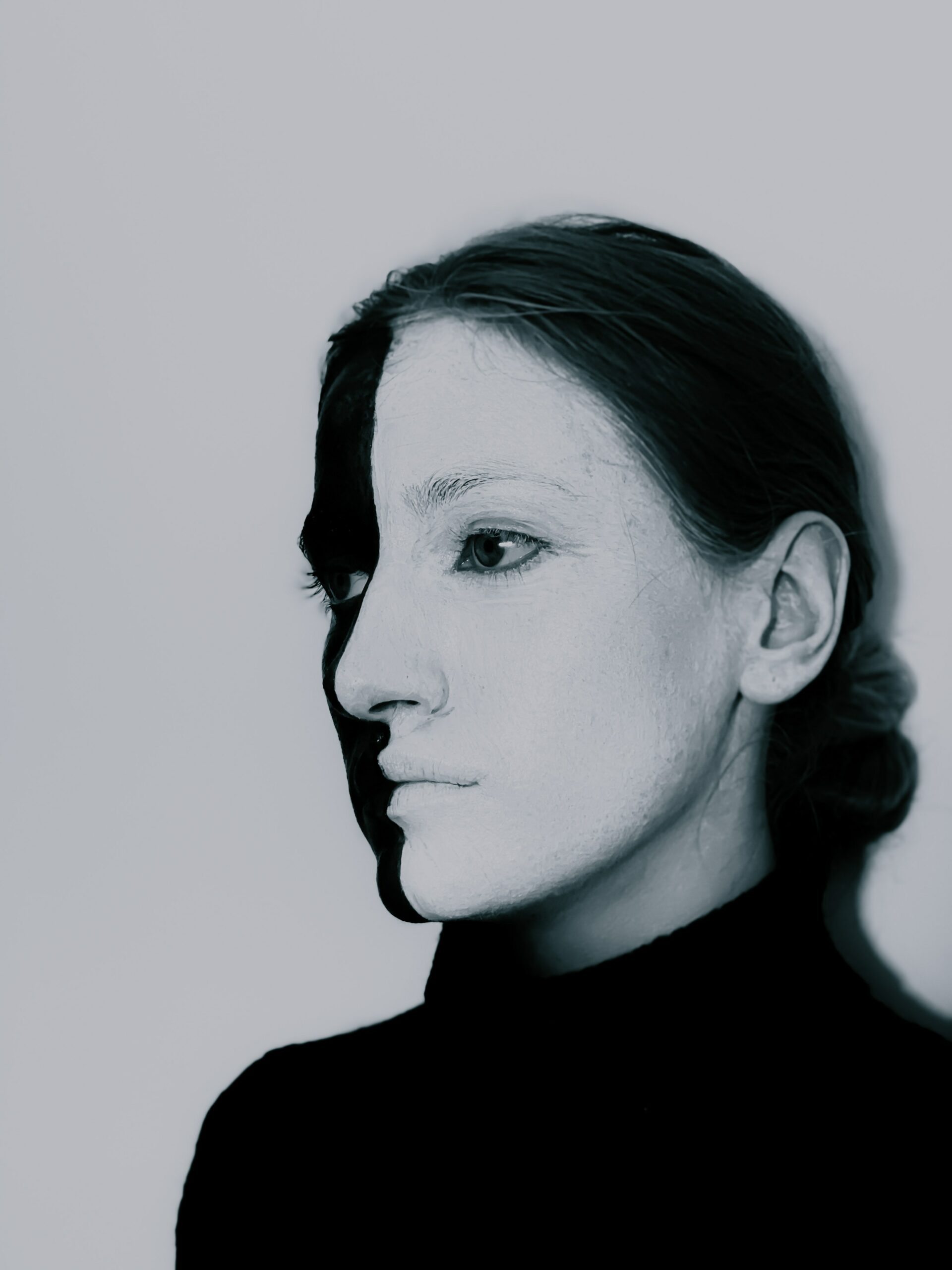Cyclothymic Disorder (also known as Cyclothymia) is characterized by bouts of hypomanic and depressive symptoms that continue at least two years (1 year in children and adolescents). However, the symptoms do not fulfill the diagnostic criteria for a hypomanic or depressed episode.
People with bipolar Disorder may suffer symptoms that do not fall into one of the three categories listed above, referred to as “other specified and unspecified bipolar and related disorders.”
While these criteria appear to be easily distinguished, determining a diagnosis of bipolar illness can be complex. People with bipolar disease frequently seek help when they are feeling down. Thus a thorough medical history is required to verify that bipolar Disorder is not misdiagnosed as serious depression.
“More than half of people arrive with depression as their first episode,” says Trisha Suppes, MD, Ph.D., a Stanford University professor of psychiatry and behavioral sciences and the director of the VA Palo Alto Health Care System’s Bipolar Disorders and Depression Research Program. “People with bipolar I or II may not have had any hypomanic or manic episodes or experiences in the early course of the condition.”
Furthermore, while mania is one of the “most recognized syndromes in psychiatry because it is so unique,” adds Dr. Suppes, “bipolar II is typically marked by hypomania, which many patients may not initially identify as a problem.” “They may simply feel a little more energetic or sleep a little less.” They may also be more hyper-productive or hyper-functional. They may not recognize it as a hypomanic symptom because the state can be mixed—both pleasant and negative.”
However, getting a precise diagnosis is critical since it can alter the course of treatment. For example, giving an antidepressant to a bipolar I disease may cause a manic episode.
Bipolar Disorder and Its Comorbid Mental Health Issues
Along with sadness, approximately 92 percent of patients with bipolar Disorder may develop other psychiatric diseases during their lives, complicating diagnosis. These are some examples:
Abuse of Substances
Bipolar Disorder is the most frequent psychiatric condition to co-occur with alcohol or substance misuse.
Following a serious traumatic experience, Post-Traumatic Stress Disorder (PTSD) can develop. People with depression or bipolar illness are more likely to develop PTSD. Having a mood disorder increases the risk of encountering a traumatic incident. Having a mood disorder increases the likelihood that a person experiencing a traumatic event would develop PTSD.
Anxiety
It is very common for those with bipolar disorder to suffer from anxiety.
ADHD (Attention Deficit Hyperactivity Disorder) (ADHD)
“Bipolar illness and ADHD have overlapping symptoms that might make distinguishing between the two difficult,” Dr. Samuel adds. “Both bipolar disorder and ADHD can cause difficulty focusing, being easily distracted, angry, and speaking fast.” In addition, many persons who have bipolar disorder also have ADHD.
Disorders of Eating
Bipolar Disorder may be accompanied by binge eating or bulimia.
Bipolar Disorder Treatment
As previously said, a combination of medicine and treatment works best for persons who have Bipolar Disorder.
Finding the proper meds for you might be a trial-and-error process that requires patience because some medications take weeks or months to take effect. Health practitioners frequently modify only a single medicine to make it easier to identify which medications help reduce symptoms with the fewest irritating side effects. Even if you’ve found the right balance, age and changing symptoms may necessitate changes.
